7 Major Distinctions Between Japanese Professional Baseball and MLB
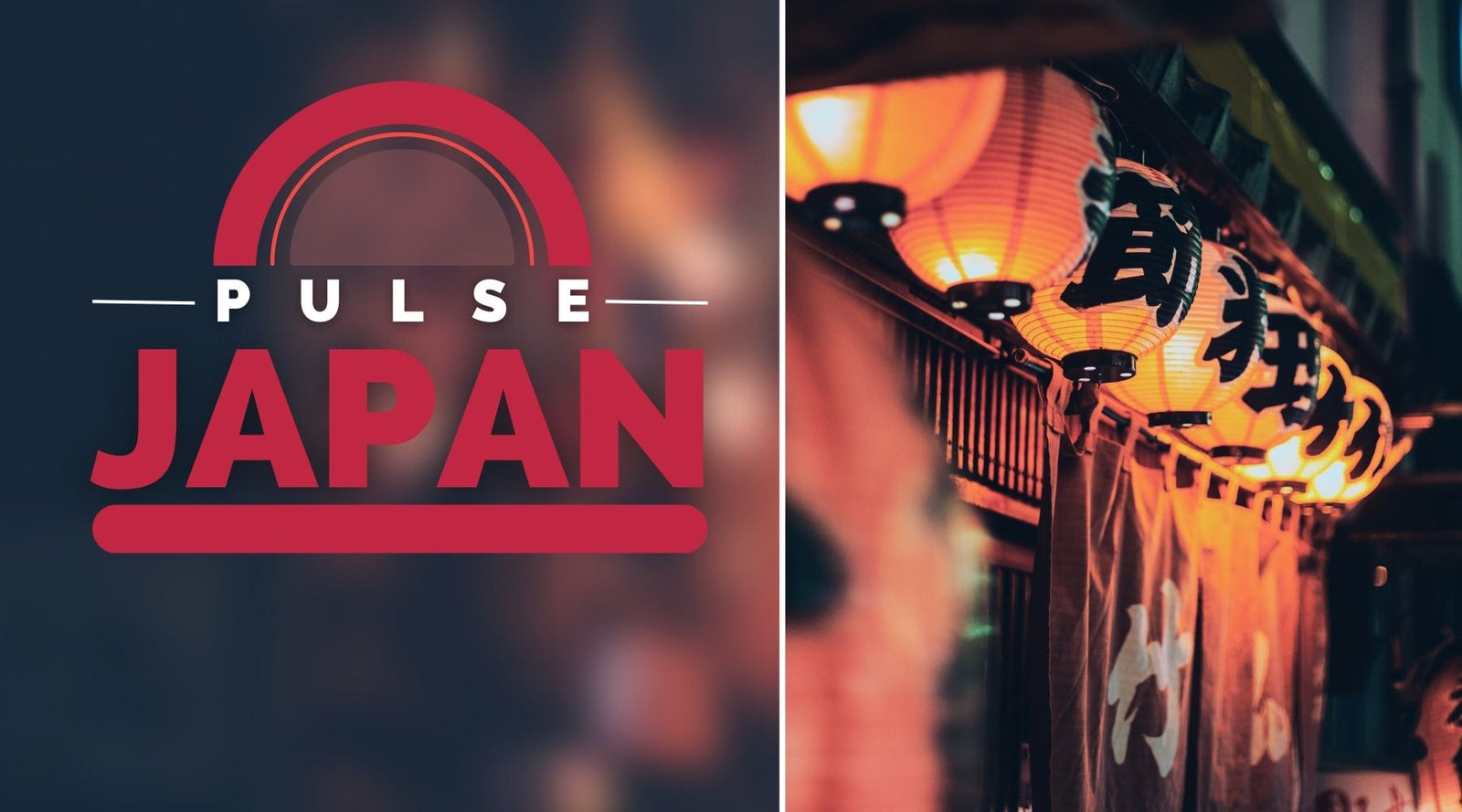
Japanese professional baseball, known as Nippon Professional Baseball (NPB), and Major League Baseball (MLB) in the United States represent the pinnacle of the sport within their respective countries. Despite sharing the fundamental rules of baseball, key distinctions arise from cultural, structural, and business perspectives.
These differences are framed within the business and economic contexts of both leagues. The NPB operates on a smaller financial scale, with salary caps and posting systems in place for players seeking to transition to MLB. These economic aspects underscore the disparate approaches to player development, contracts, and international player movements.
Exploring these major distinctions provides an understanding of how Japanese professional baseball and MLB reflect not only their respective athletic philosophies but also their broader cultural identities and business practices, thus enriching the global tapestry of professional baseball.
Overview of Major League Baseball (MLB) and Nippon Professional Baseball (NPB)
Baseball, often referred to as America's pastime, has a storied history in both the United States and Japan. The MLB, established in 1869, is renowned for its long tradition and competitive spirit. It has become an integral part of American culture, showcasing some of the world's best talents in the sport. Across the Pacific, the NPB, founded in 1950, mirrors this passion, presenting a distinct version of baseball that is deeply woven into Japan's fabric. Both leagues have evolved to represent the pinnacle of professional baseball in their respective countries, fostering a love for the game that transcends borders.
From the electric atmosphere of the stadiums to the strategic nuances on the field, Japanese Professional Baseball and MLB offer unique experiences. This post will explore seven fascinating areas where NPB sets itself apart from its American counterpart, delving into aspects that contribute to the rich tapestry of international baseball.
Distinction #1: Strike Zone and Playing Field Size
The NPB's strike zone is notably larger in certain dimensions, particularly inside, encouraging pitchers to exploit corners and challenge hitters with precision. Moreover, several NPB fields flaunt smaller dimensions that would not align with the Official Baseball Rules in the United States, prompting a different approach to hitting and fielding (Source: Wikipedia).
The cozy confines of some Japanese ballparks influence strategies significantly, with batters adjusting their swings for contact rather than power and outfielders enhancing their range to adapt to less territory. This emphasis on precision and agility over sheer strength showcases a different philosophy towards the game (Source: University of Michigan).
Distinction #2: Maximum Number of Foreign Players
Unlike the MLB, which has seen a significant rise in international talent with 28.5% of players born overseas, the NPB maintains stricter limits on foreign-born players (Source: MLB.com). This regulation has shaped team rosters and the overall dynamics of the league.
The NPB's policy on foreign players has implications for scouting, development, and in-game tactics. By fostering a balance between local and international talent, the NPB ensures a strong representation of domestic athletes while also benefiting from the diverse skills brought by foreign players (Source: Reddit).
Distinction #3: Differences in Game Rules
While sharing the core rules of baseball, NPB and MLB diverge in certain areas, such as tie-breakers and substitution nuances. These variations can alter the pace and outcomes of games, reflecting each league's cultural approach to the sport (Source: University of Michigan).
For instance, the NPB employs a distinct approach to extra innings, with tie games being more acceptable in certain contexts. Additionally, the management of pitcher rotations and bullpen usage differs, alluding to a more strategic deployment of players throughout the season (Source: Wikipedia).
Distinction #4: Equipment Variances
In the NPB, baseballs are slightly smaller with a tackier grip, affecting how pitchers perform and adapt when transitioning to MLB (Source: Reddit). Such nuances highlight the importance of equipment specifications in player performance.
The feel of the baseball can influence a pitcher's control and a batter's timing, leading to a distinct style of play that emphasizes different aspects of the game, such as contact hitting and finesse pitching (Source: Reddit).
Distinction #5: Cultural Traditions and Fan Engagement
The NPB fan experience is characterized by a communal spirit, with fans engaging in synchronized chants and rituals that create a familial bond with the team. In contrast, MLB fans celebrate their individuality, with a diverse array of expressions and interactions at the ballpark (Source: Nomadic Samuel).
Japanese baseball games are replete with fanfare, including choreographed fight songs and team-specific celebrations. This collective enthusiasm contributes to an electrifying atmosphere that is distinctive to the NPB (Source: Berkeley Sports Analytics).
Distinction #6: Overall Gameplay Style
The NPB favors a gameplay style that puts a premium on defense and small ball, with strategies often revolving around bunting and manufacturing runs. Contrastingly, the MLB is known for its emphasis on power hitting and the long ball (Source: Graveyard Baseball).
While the NPB nurtures players who excel in precision and fundamentals, MLB showcases athletes known for raw power and speed. This dichotomy not only defines each league's playing style but also influences scouting, player development, and the global baseball market (Source: Berkeley Sports Analytics).
Distinction #7: Evolution and Future Trends
The cross-pollination between NPB and MLB has led to a rich exchange of ideas and talent. The success of Japanese players in MLB, such as Ichiro Suzuki and Shohei Ohtani, has sparked interest in adopting certain aspects of NPB's approach to training and gameplay in the American league (Source: Berkeley Sports Analytics).
As globalization continues to shape sports, potential collaborations could include shared player development programs, international tournaments, and unified rules that could further integrate these two storied baseball cultures (Source: Wikipedia).
Conclusion
We traversed the seven key distinctions that make Japanese Professional Baseball a unique and thrilling counterpart to MLB. From the size of the strike zone to cultural fan engagement, each difference enriches the global tapestry of baseball. Baseball enthusiasts are encouraged to broaden their horizons by experiencing the nuances of both NPB and MLB. Embracing the diversity within the sport can deepen our appreciation for its complexity and global appeal.












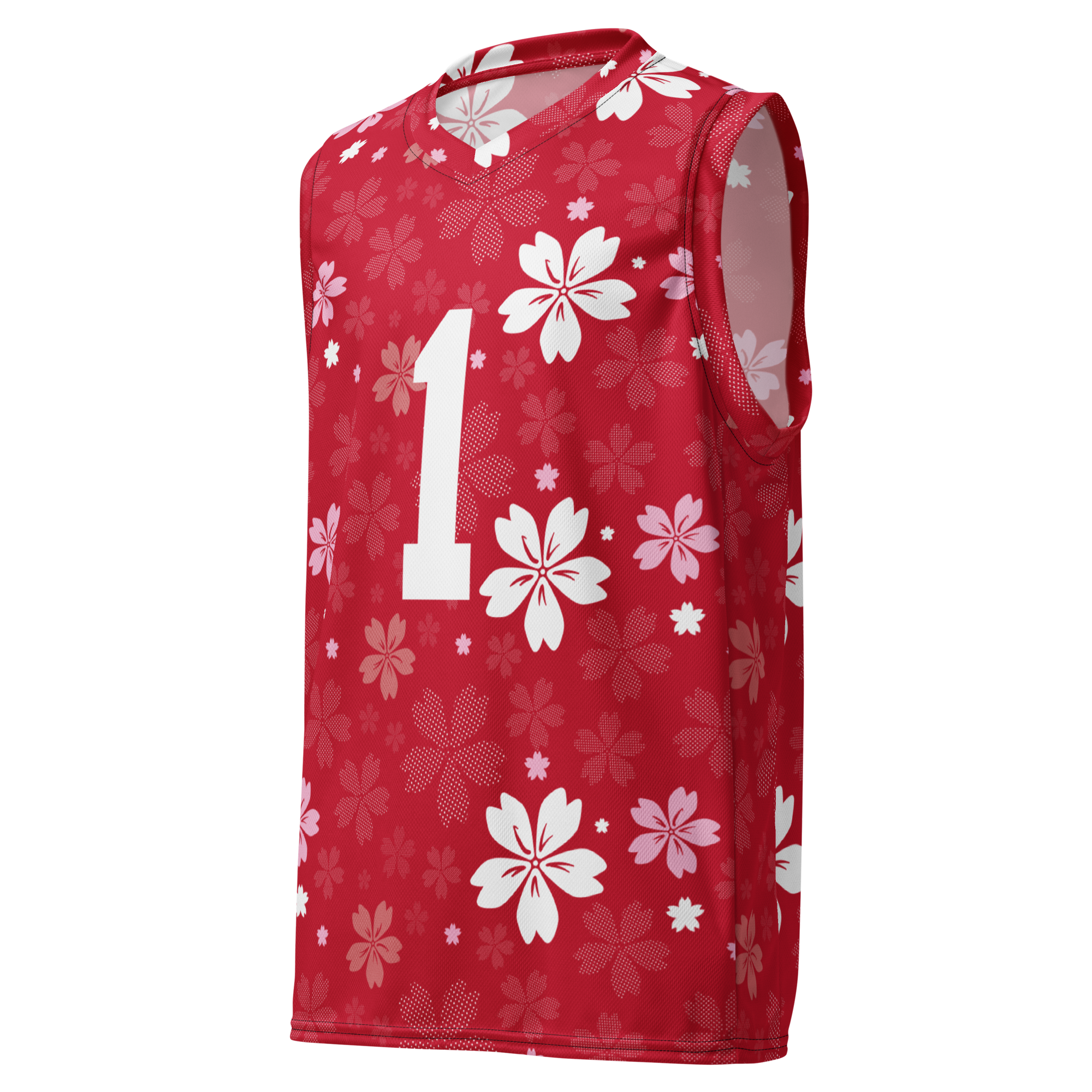
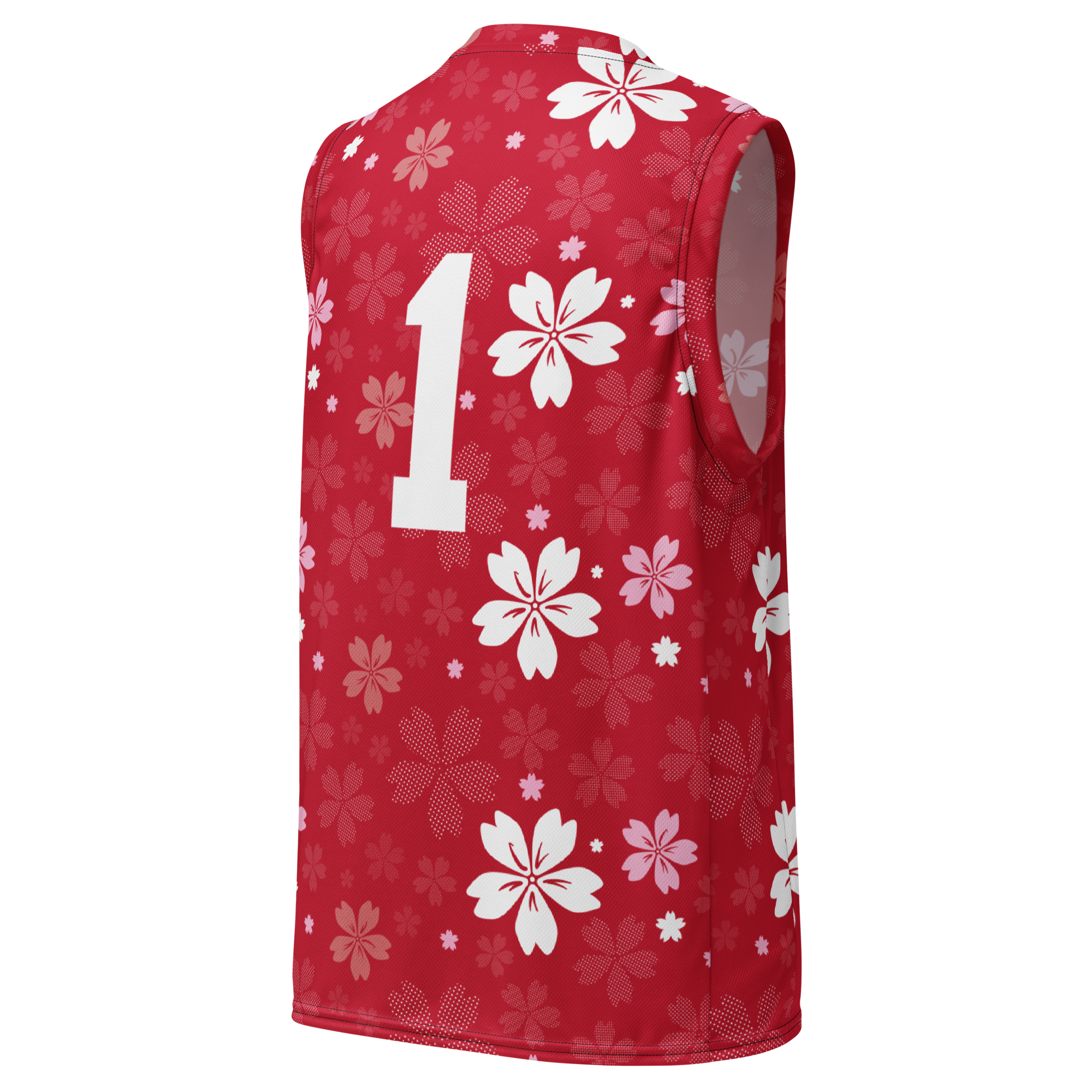
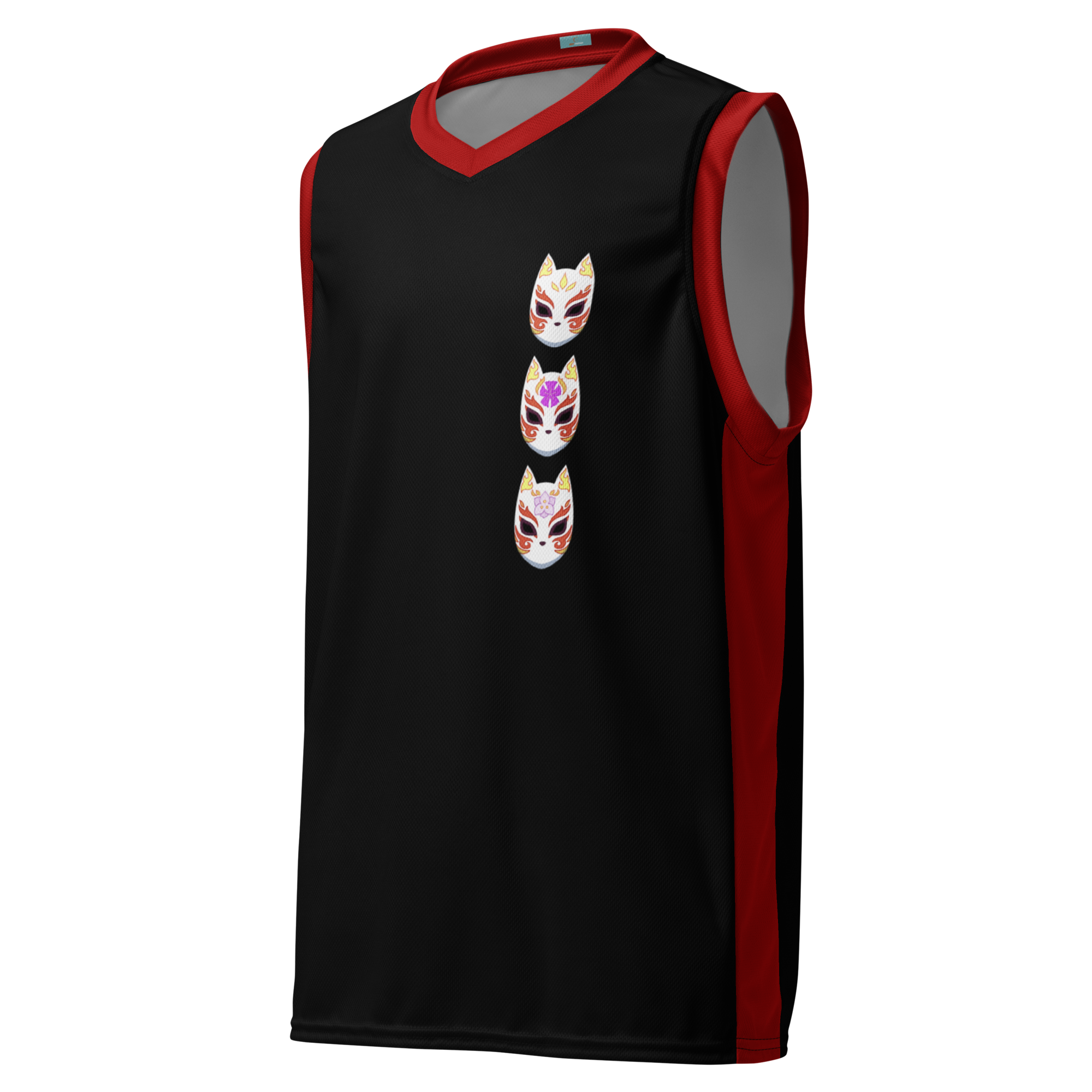

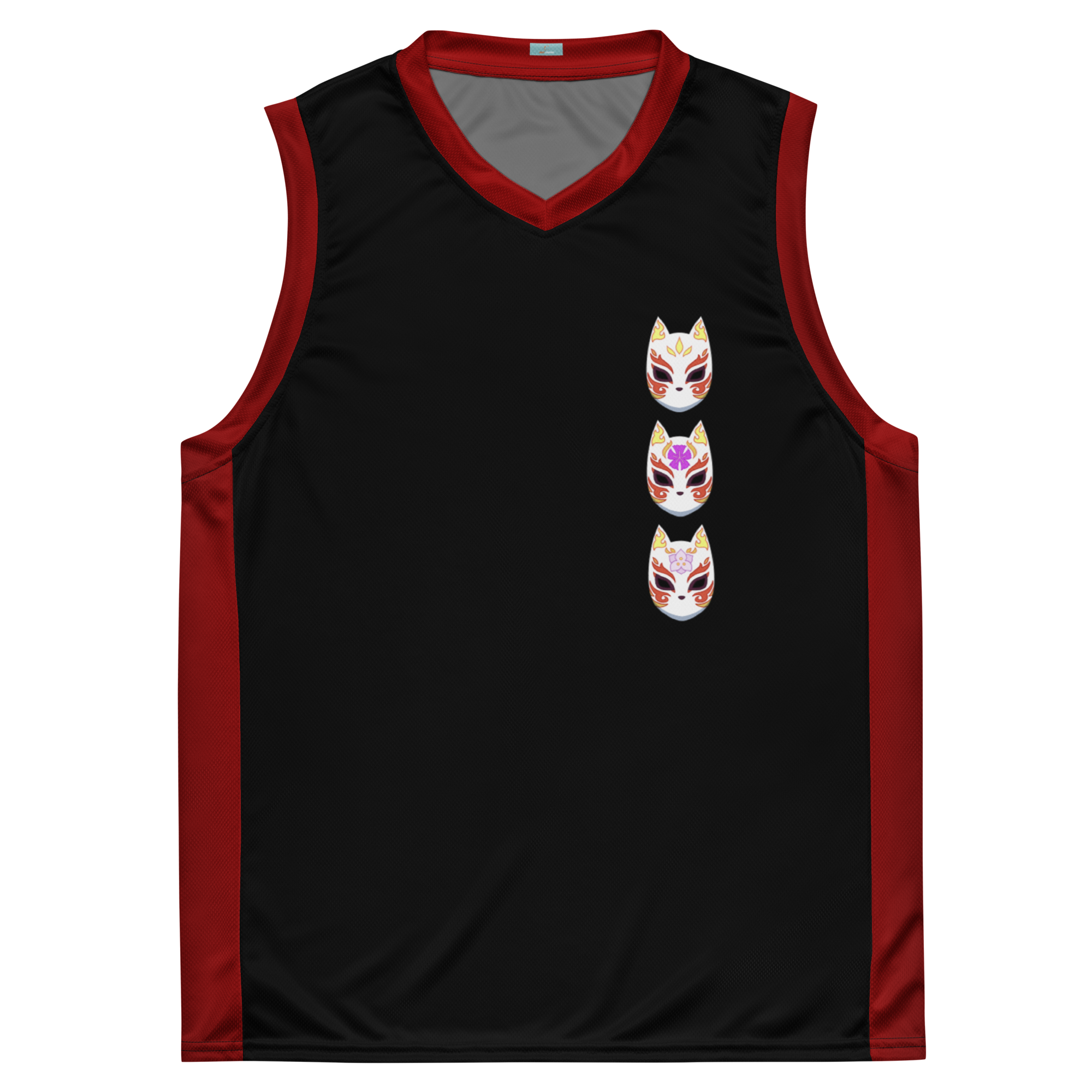
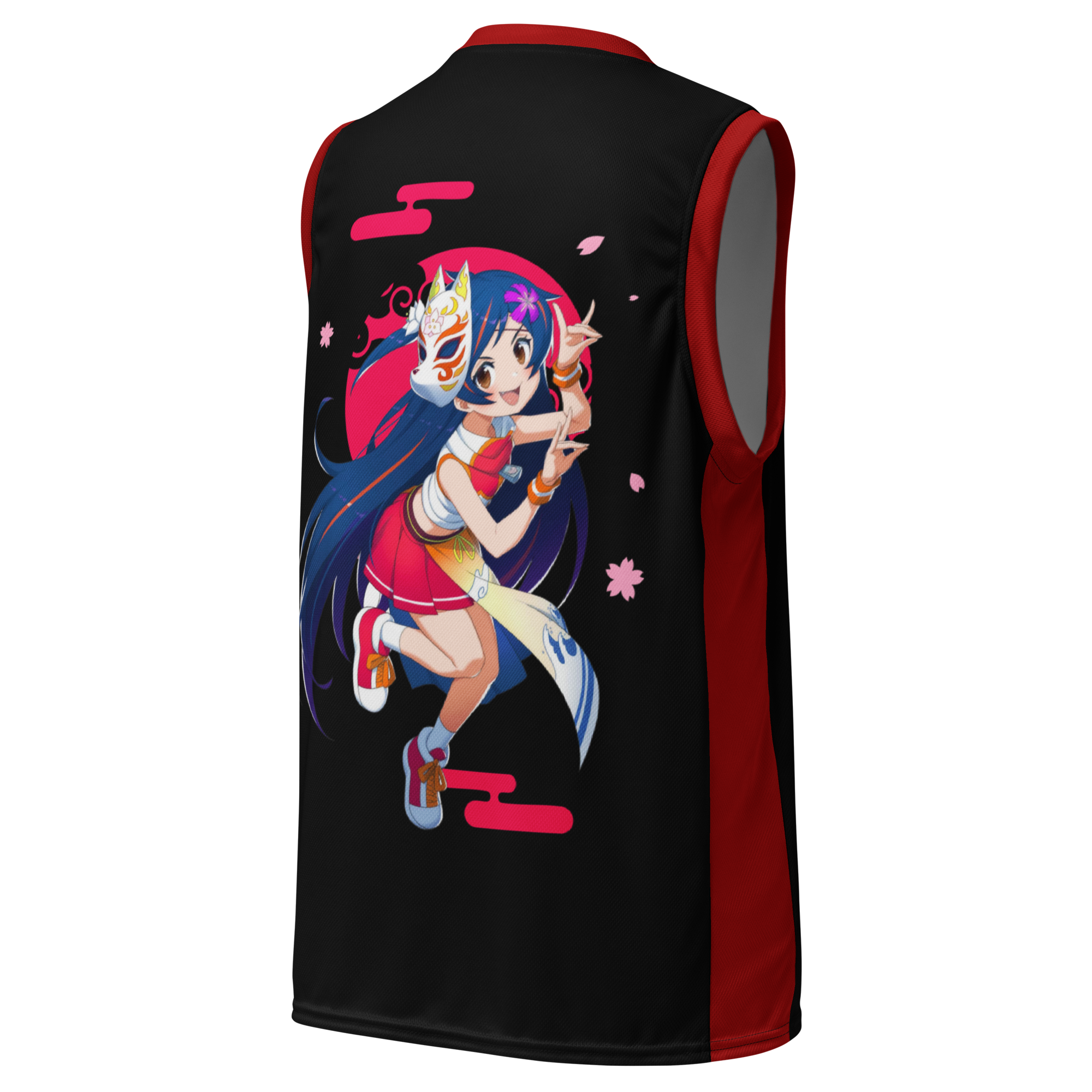

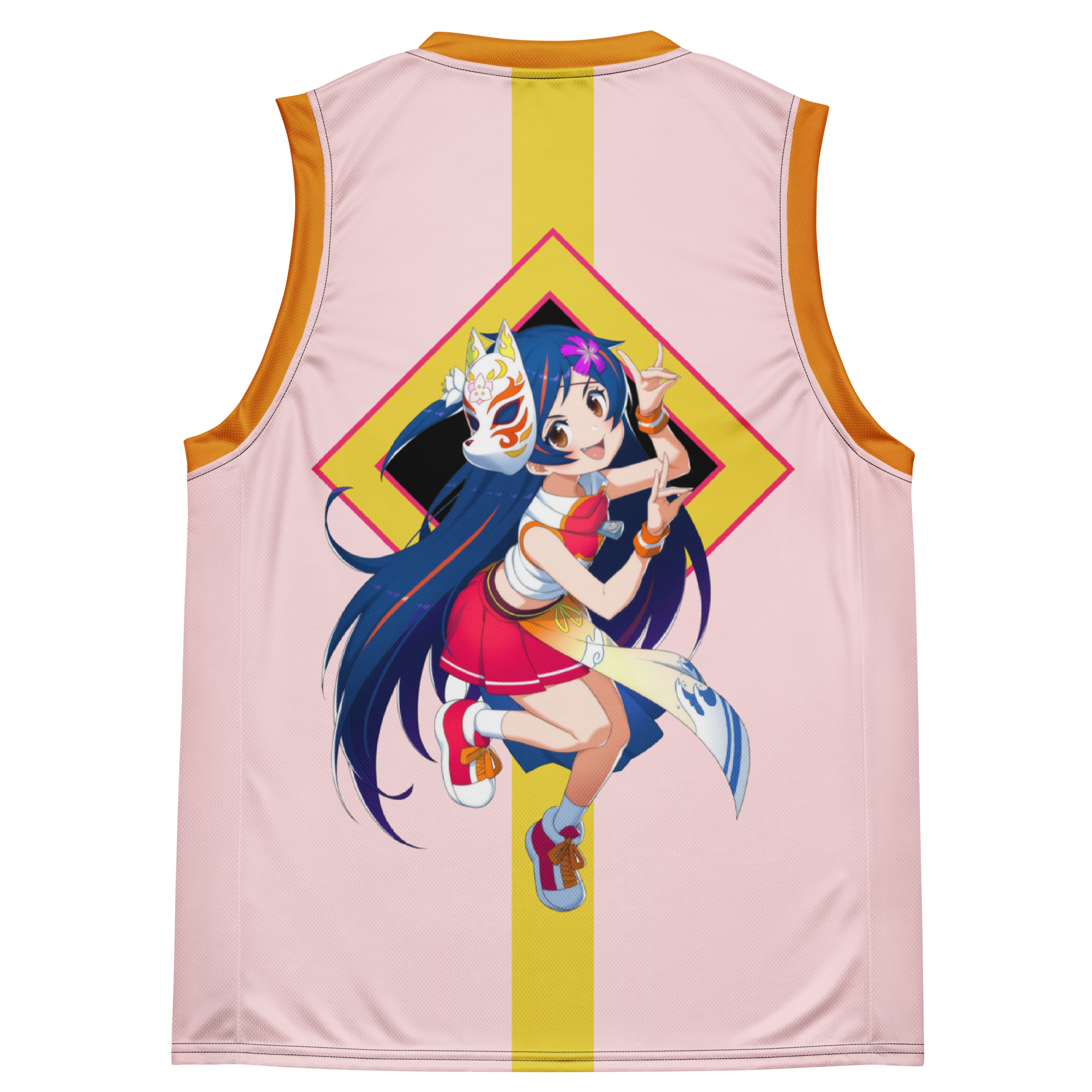

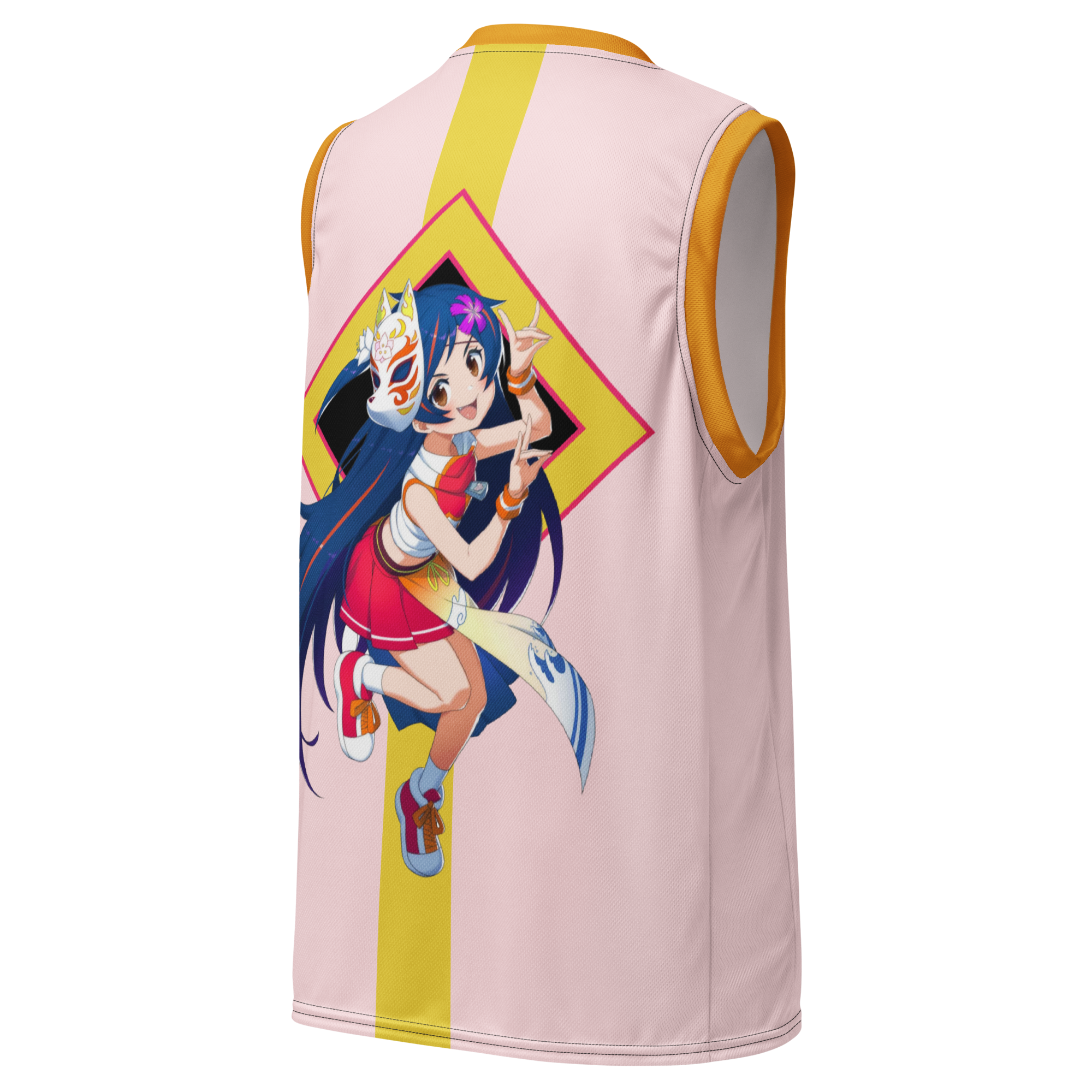
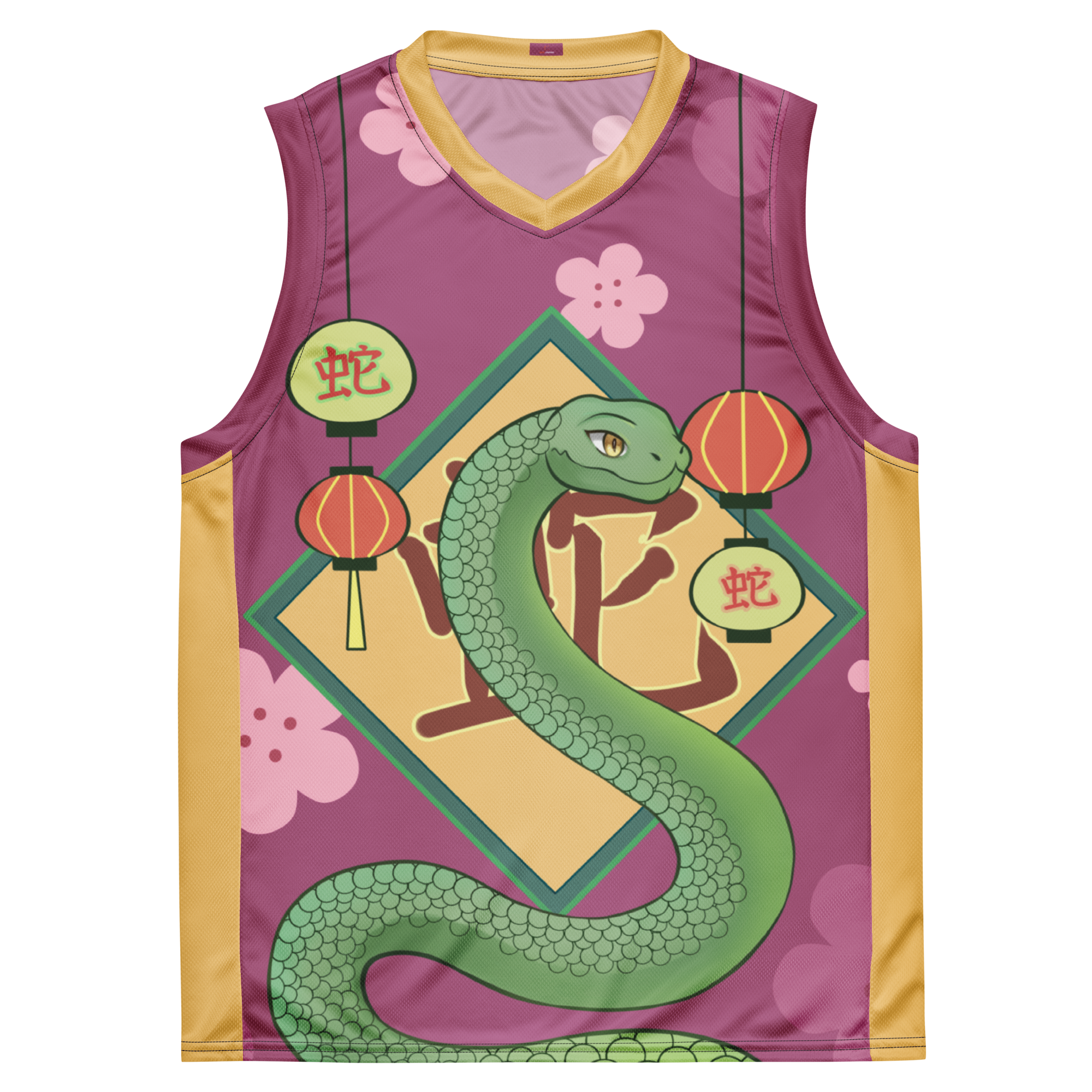
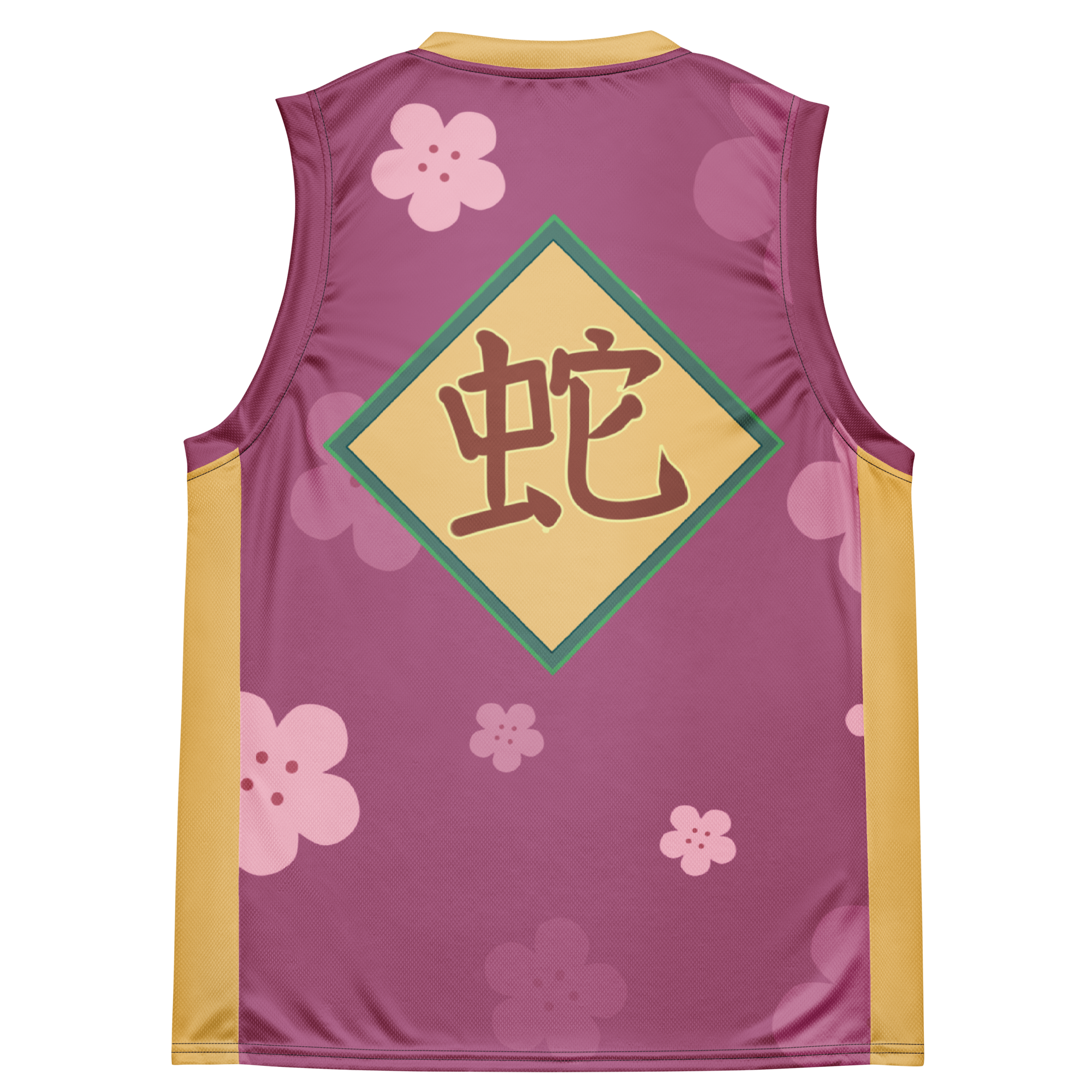
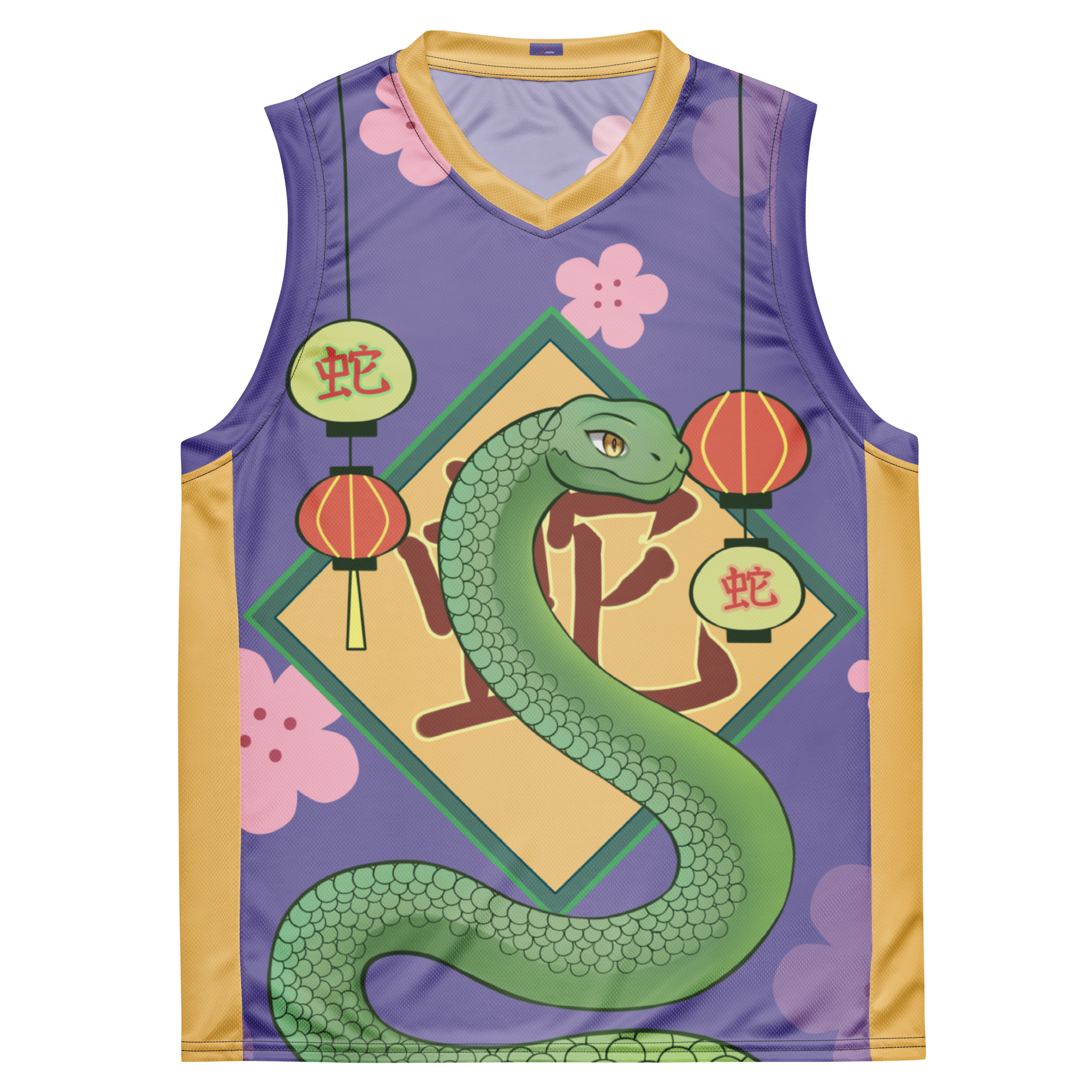
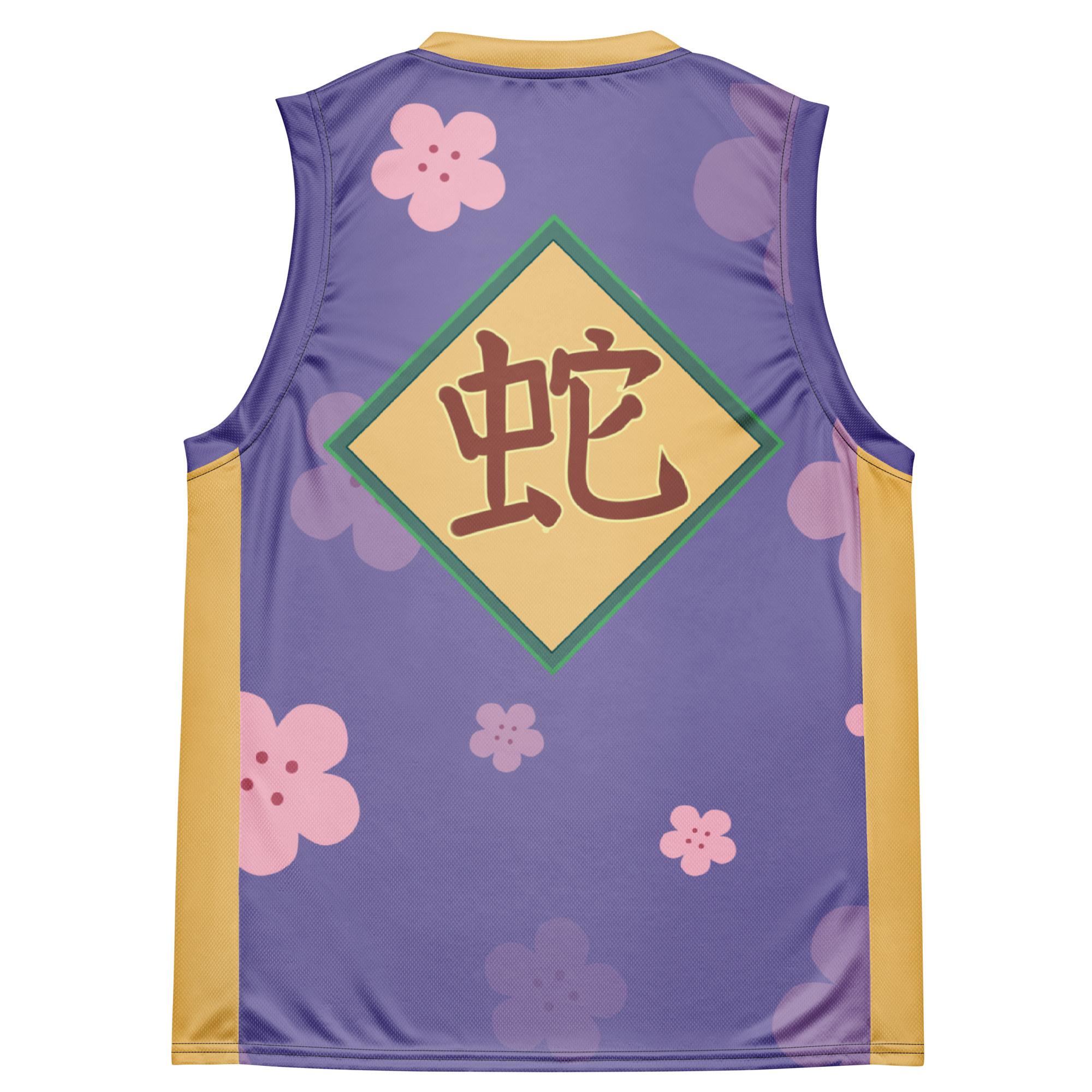

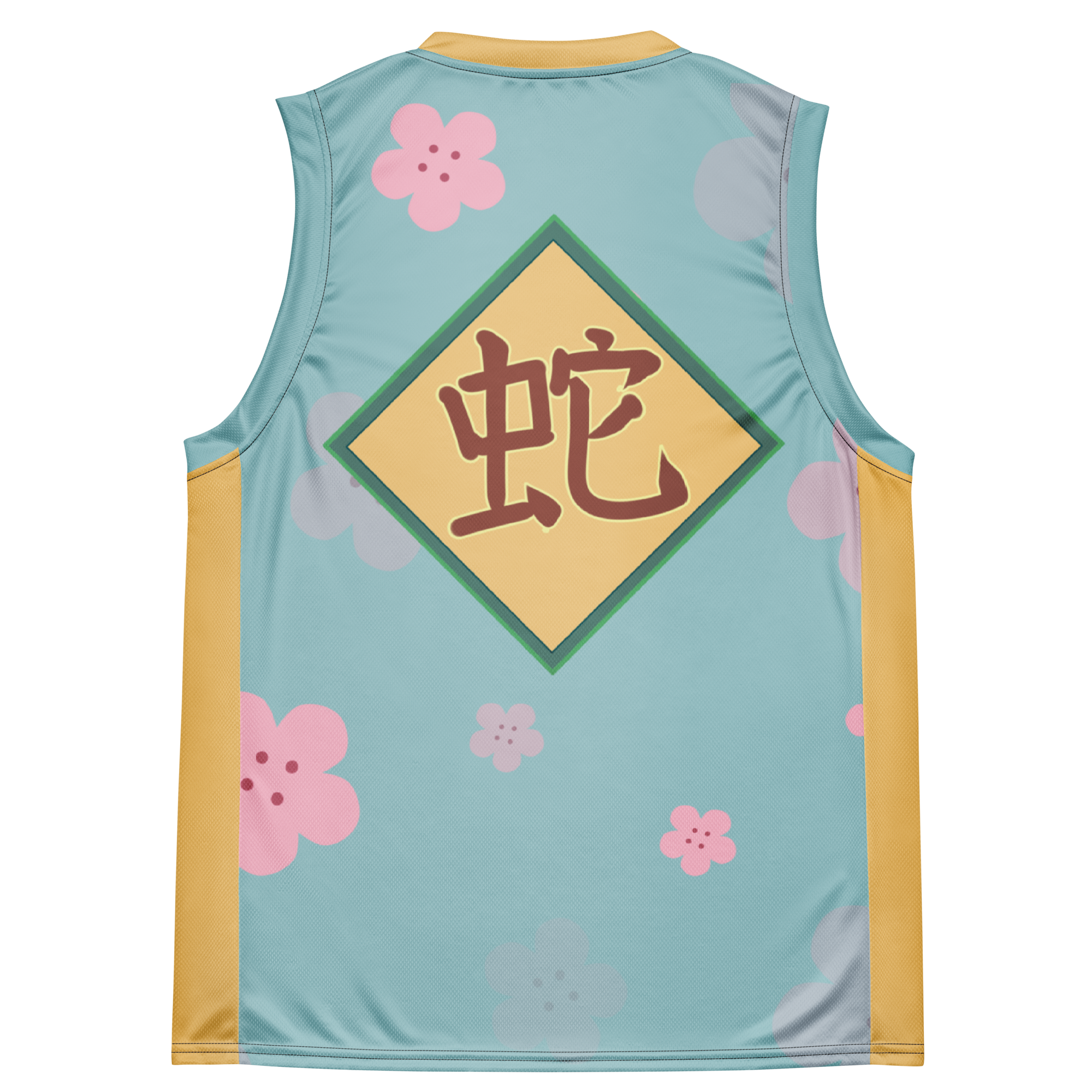
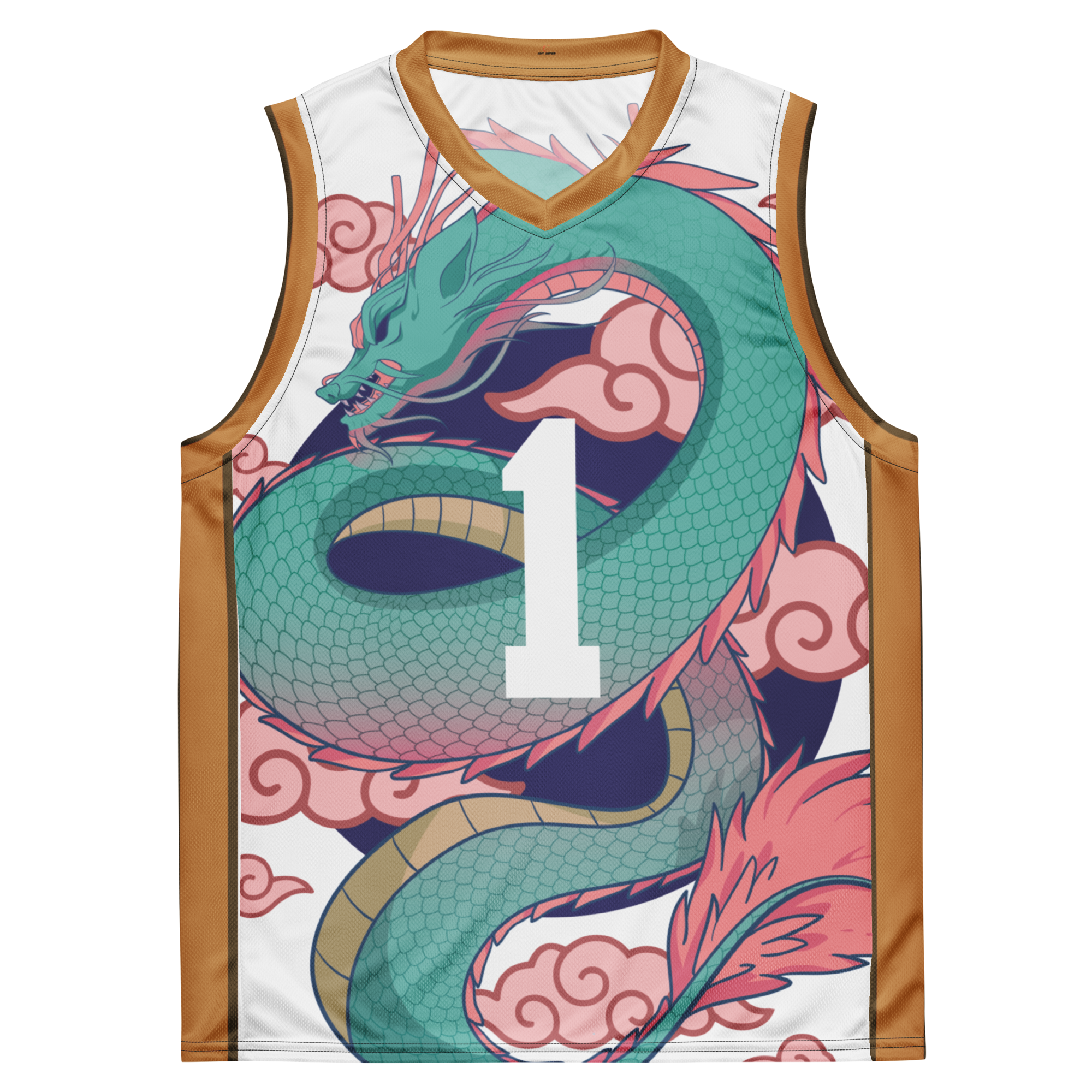
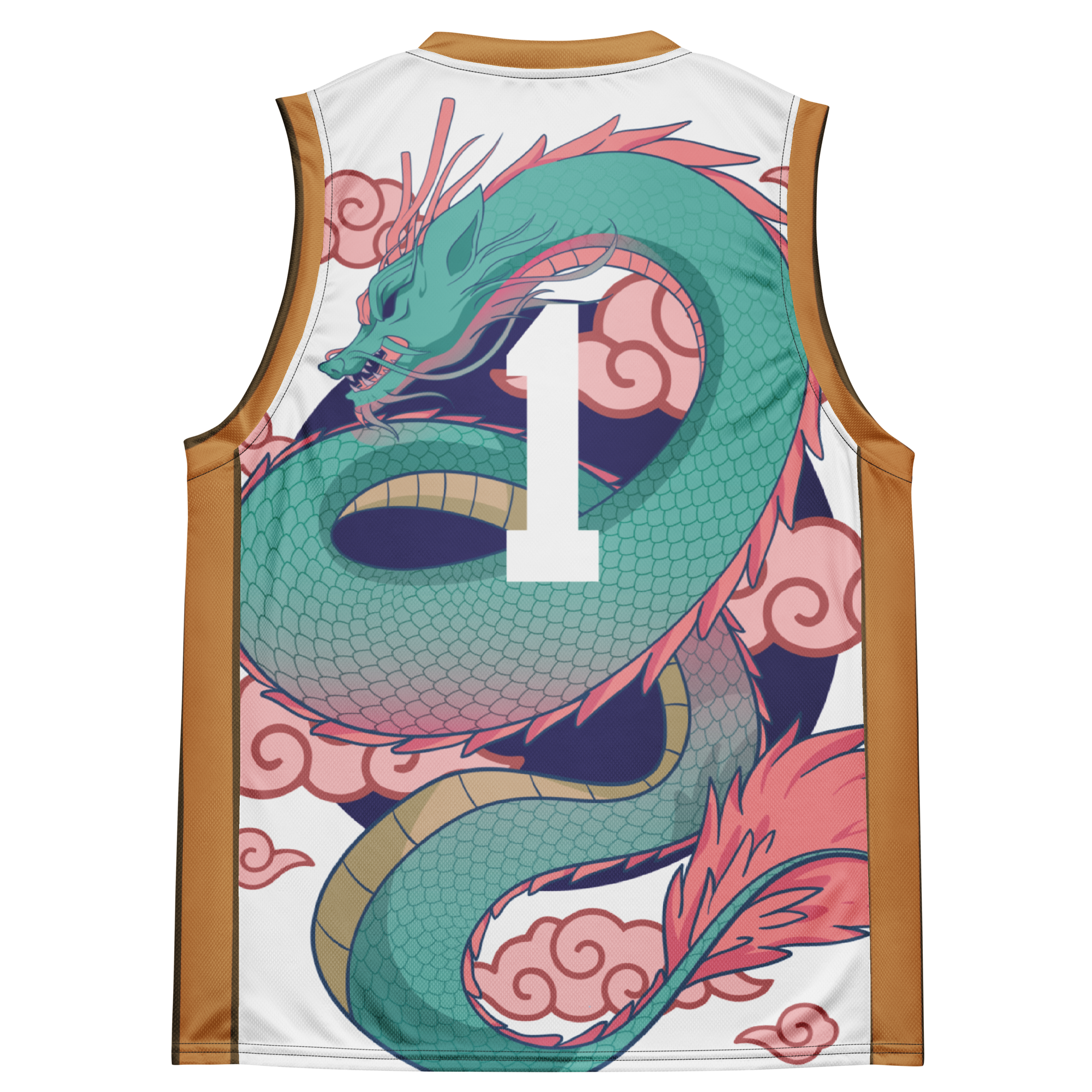
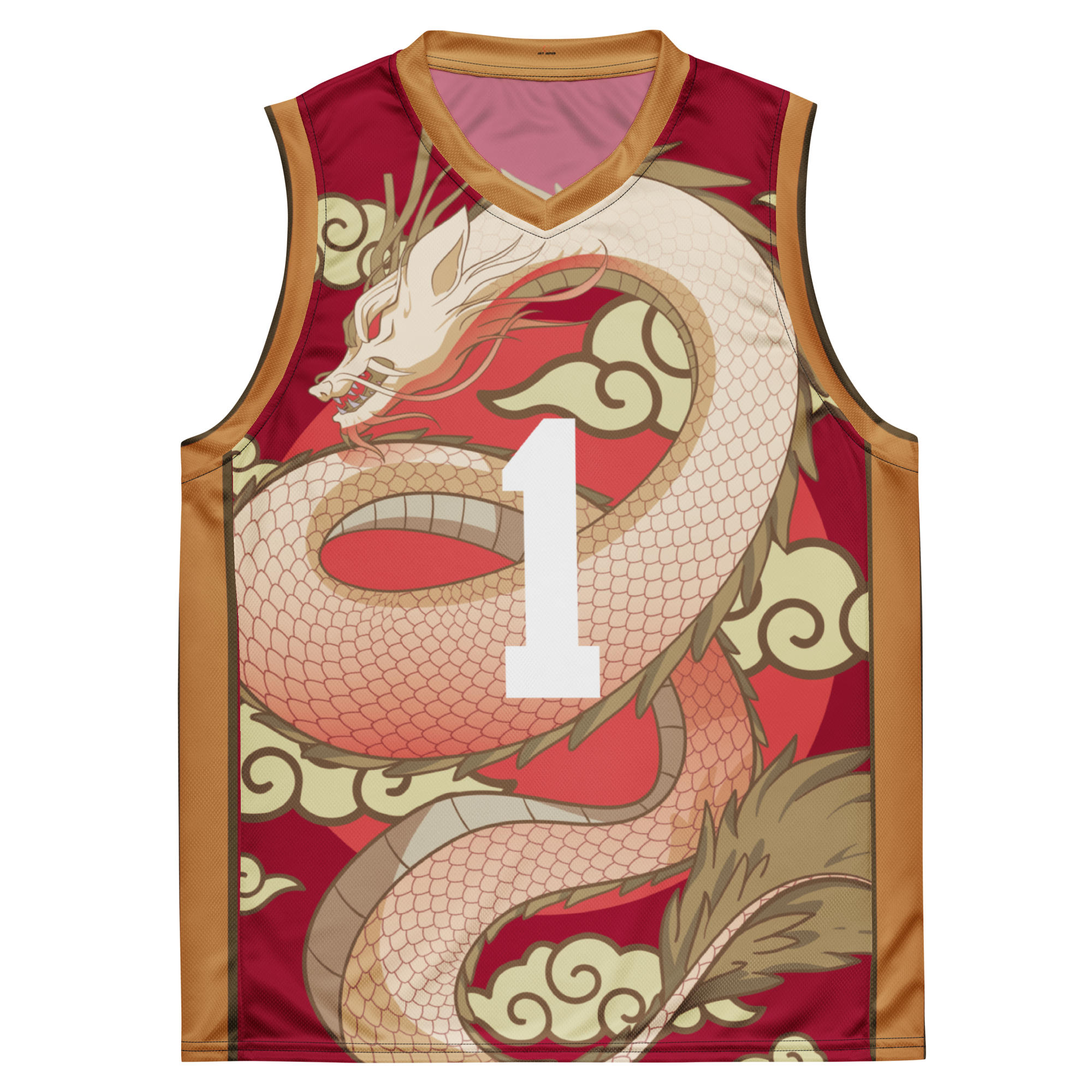
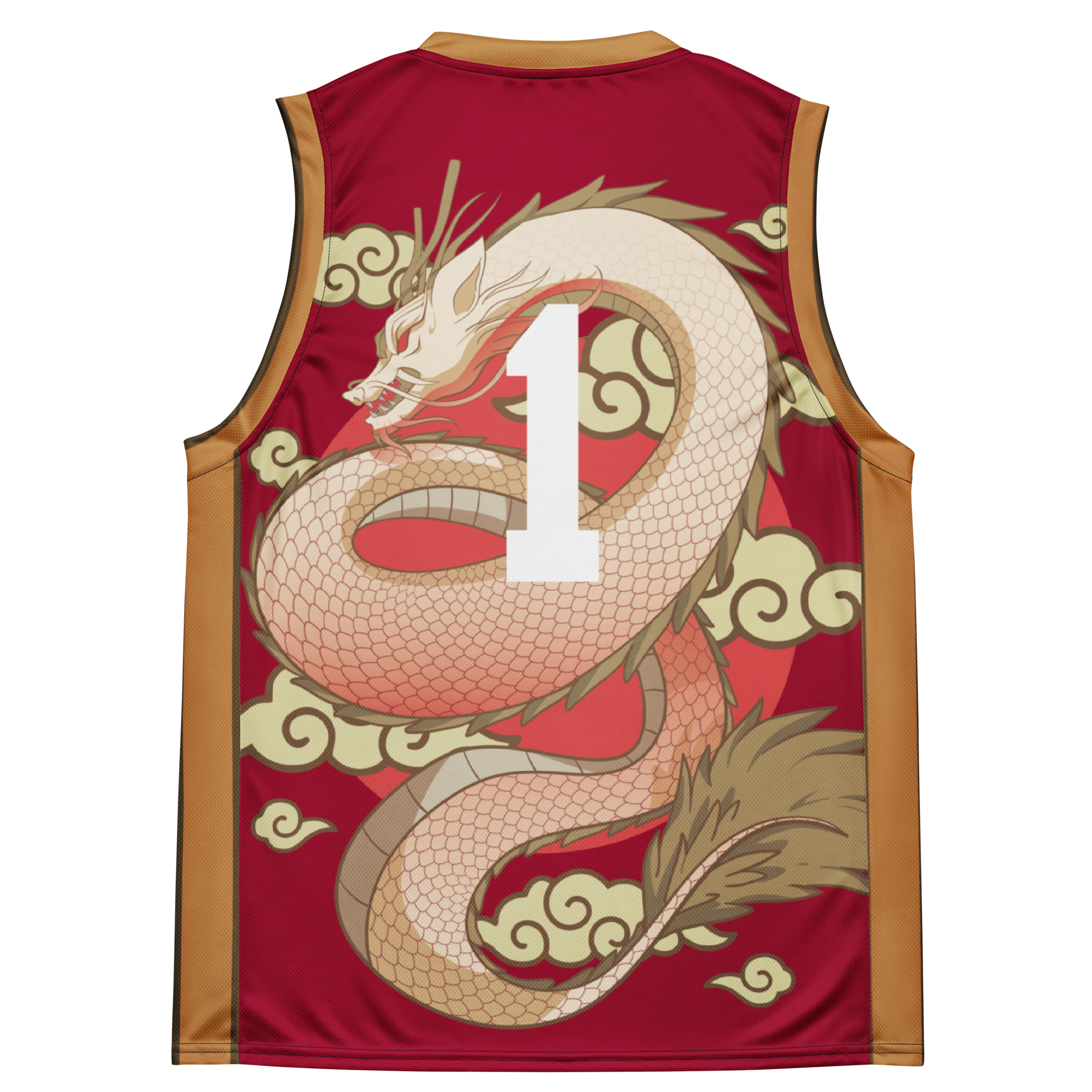
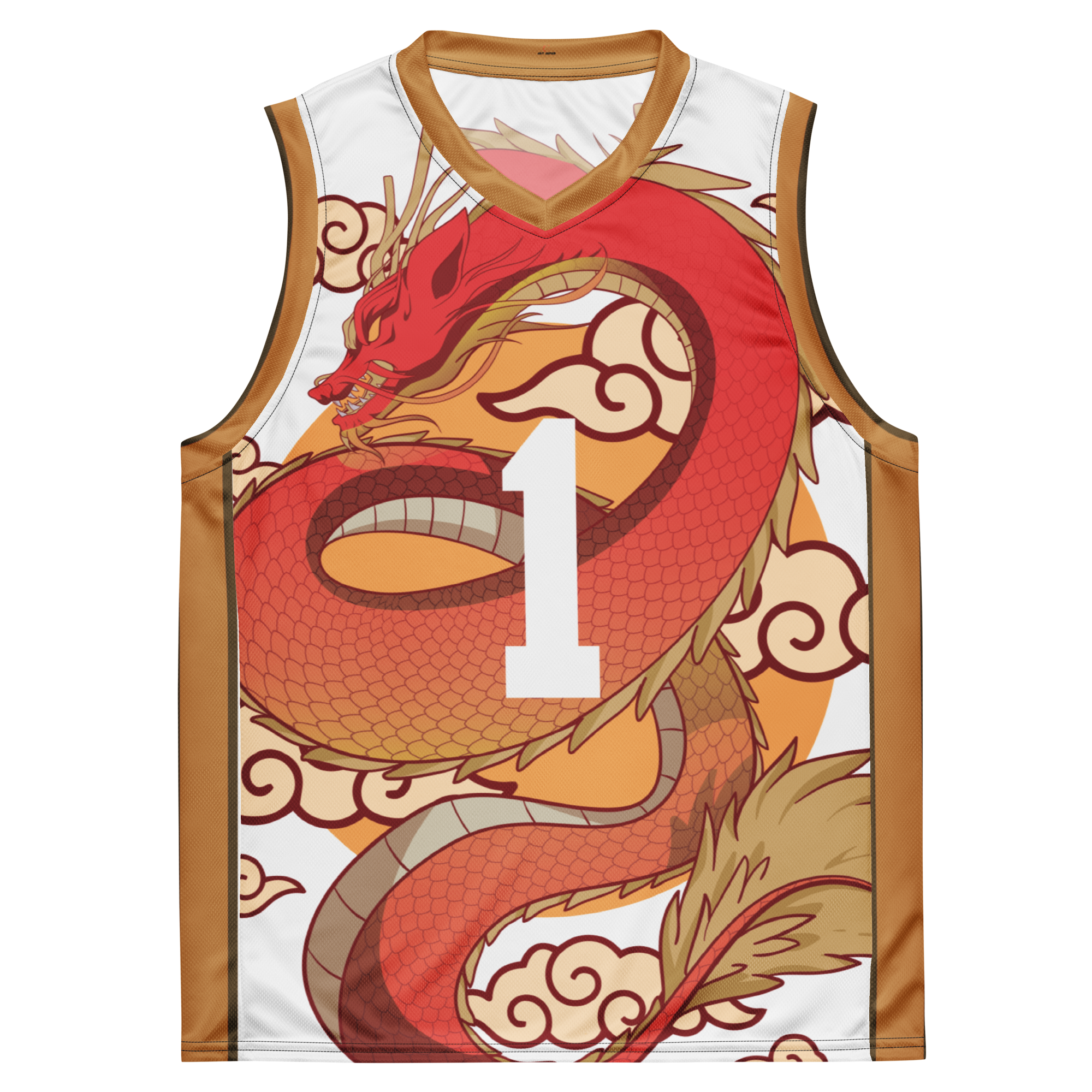



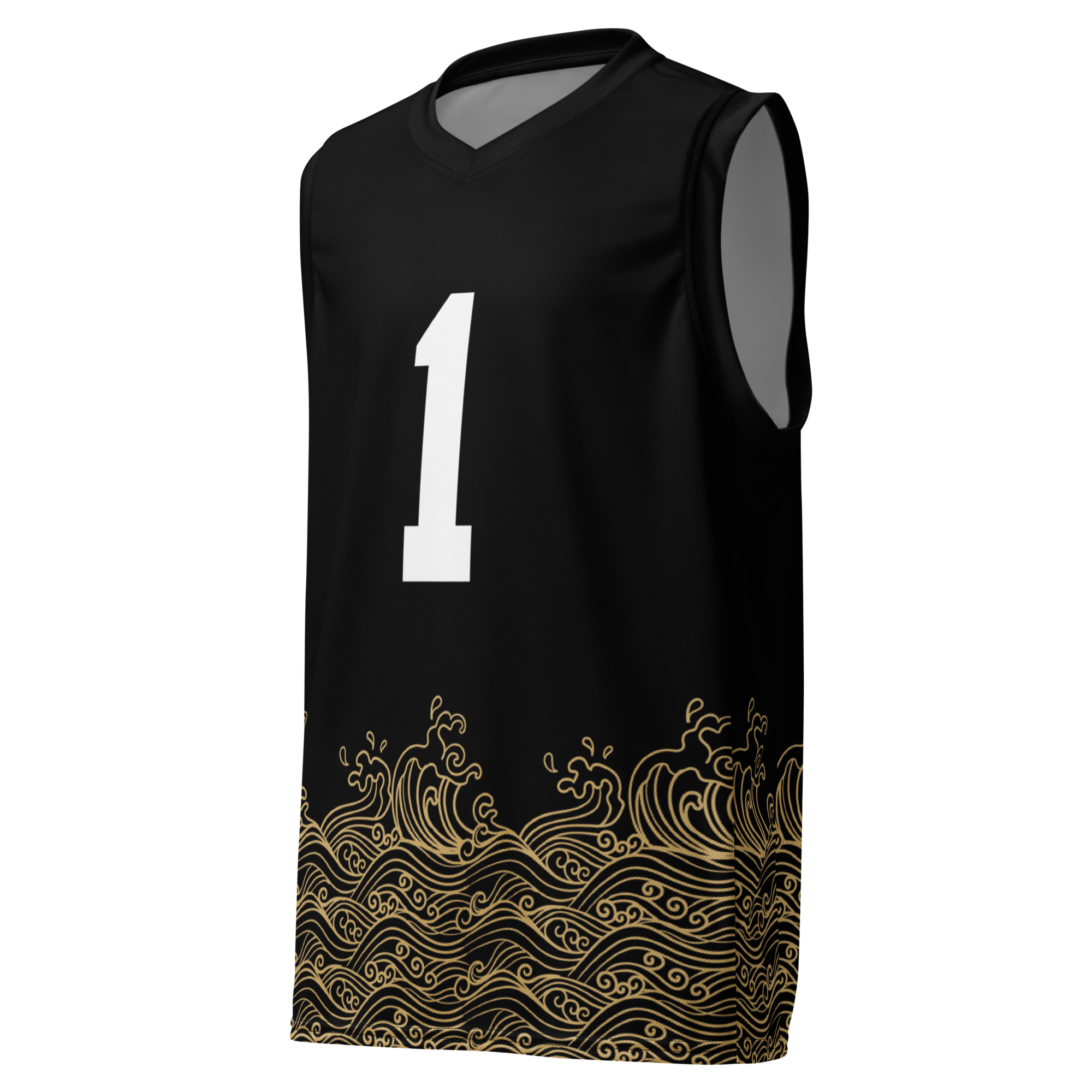
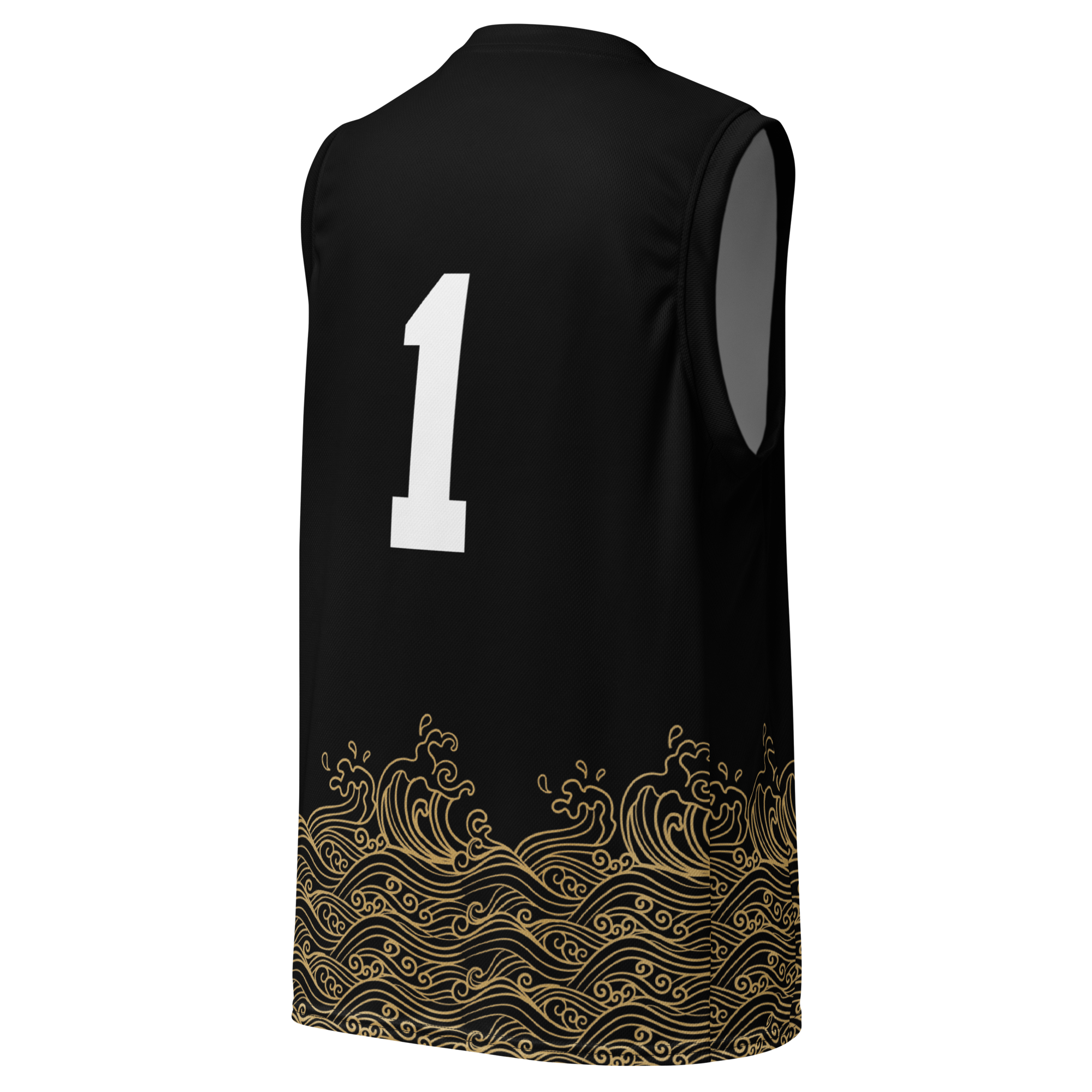
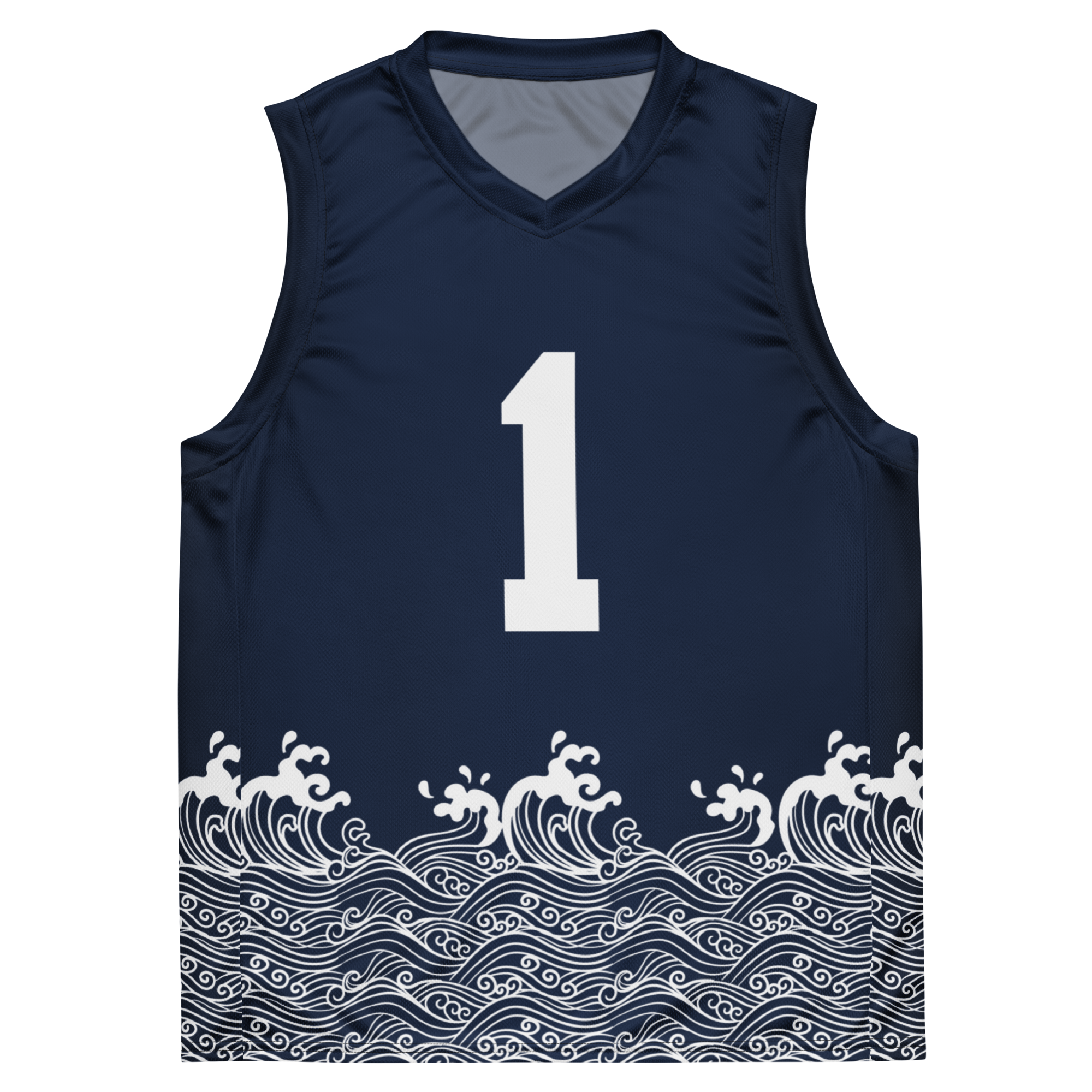
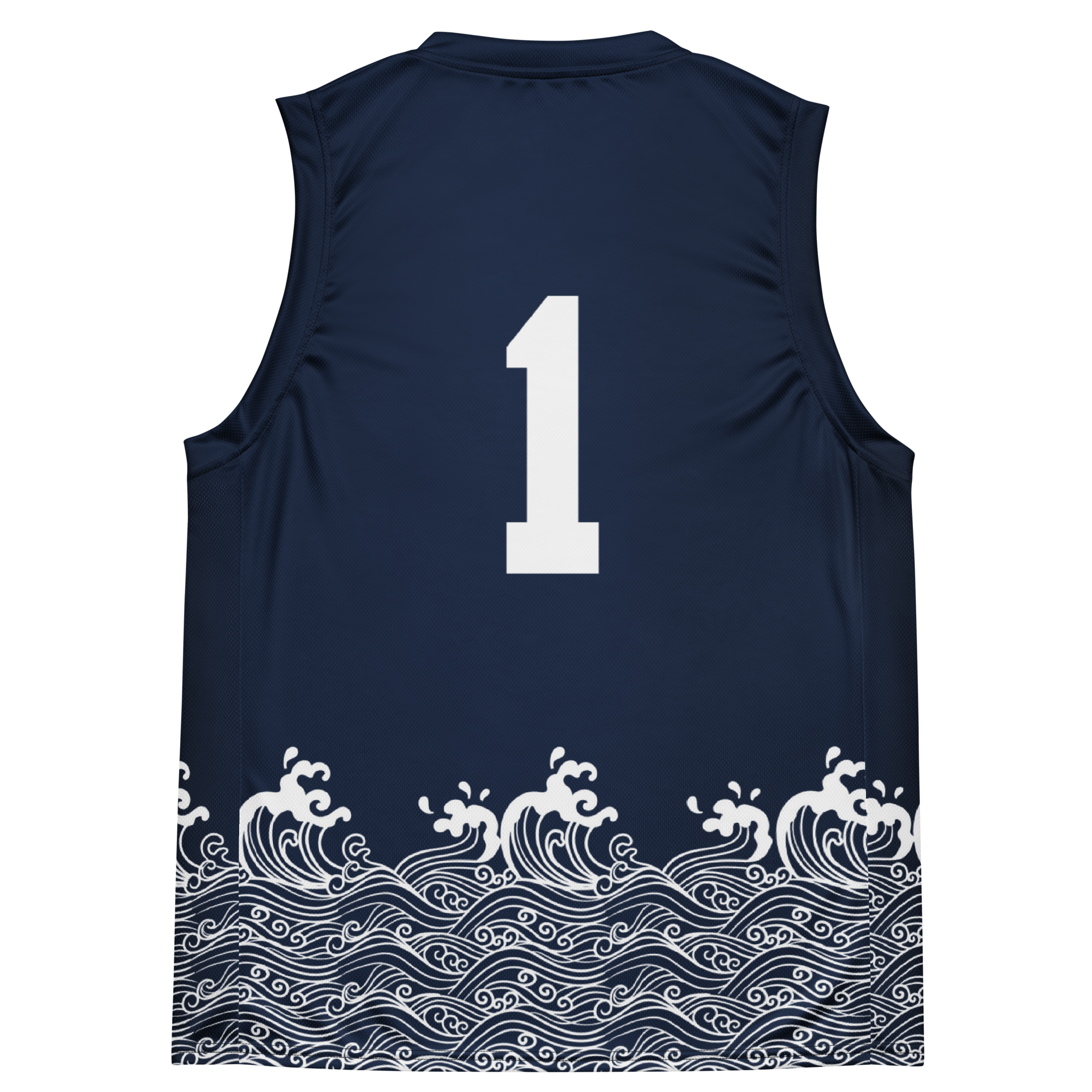


Dejar un comentario